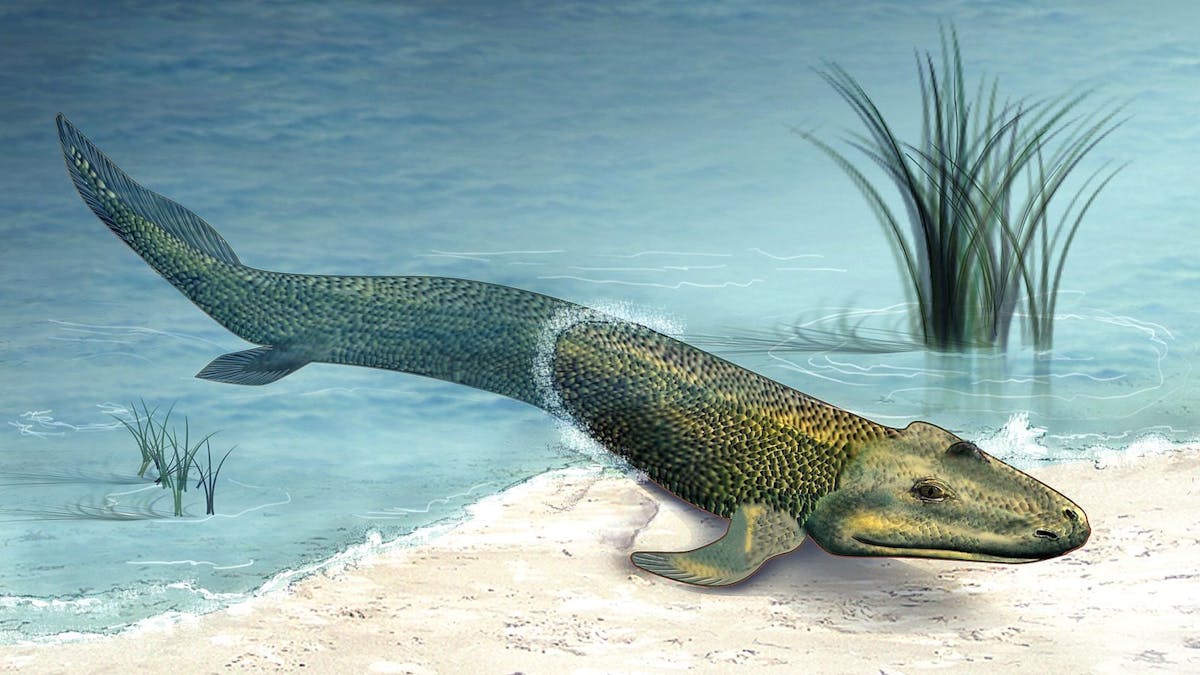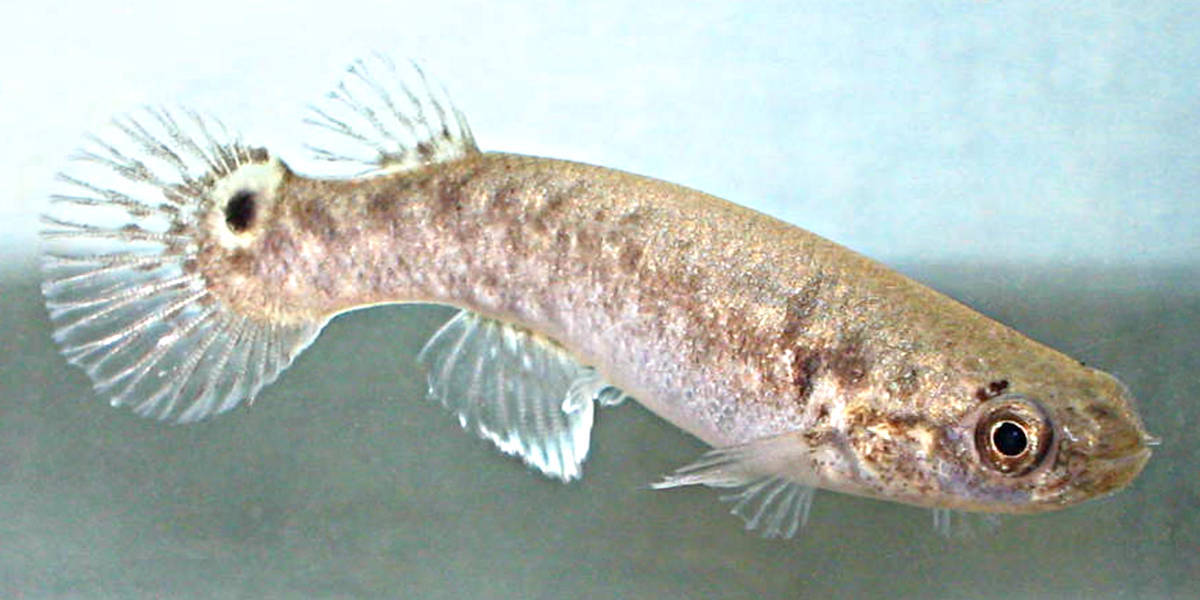Can Fish Walk On Land(Scientific and Expert Opinions)
Can fish walk on land? The answer is yes but there are only a few species of fish that can walk on land. There are several species of fish that live in freshwater environments and even some marine species that spend time in freshwater. They also have adapted to life in saltwater environments.
If you’ve ever seen a fish swimming through shallow waters or jumping out of the water onto dry land, then you might wonder why they don’t die from dehydration.
This question has puzzled scientists for years because it seems impossible for them to survive without access to oxygen.
However, recent research suggests that fish can survive on land for short periods of time. In fact, they can even breathe air underwater and take in oxygen through their gills.
Scientists believe that these adaptations allow fish to survive longer in areas where there isn’t enough oxygen in the water.
10 Popular Fish That Walk On Land (With Images)
The ability to move from aquatic environments to terrestrial ones has evolved several times throughout evolution. In fact, some species of fish have adapted to live on land for years without ever having to return to the ocean.
There are over 20,000 known species of fish, and only a handful of them can survive on land. Some of these animals can even breathe air, eat plants, and reproduce. They are called amphibious or semi-amphibious fish. The Most Common fishes that can walk on land are discussed below.
1. Snakehead fish
What does a snakehead fish look like? Is it dangerous?
A snakehead fish is a type of freshwater fish native to Southeast Asia. The name comes from its head resembling that of a cobra. Snakeheads are also known as Asian carp because they resemble the common carp. They are considered invasive species in some parts of North America.
They are aggressive predators that feed on other fish. Their sharp teeth can even pierce human skin. If you see them, don’t touch or approach them. Call local authorities immediately.
Snakeheads are also known as Asian carp or silver carp. They are native to Asia, where they live in freshwater rivers and lakes. The species was introduced into North America in the 1970s and 1980s through illegal trade.
They are now found throughout the Great Lakes region, from Lake Ontario to Lake Erie. These invasive fish pose a threat to local ecosystems because they eat other fish, causing them to become less abundant.
2. Epaulette shark
What kind of fish is this?
The epaulet shark (Hemiscyllium ocellatum) is a species of cartilaginous fish native to tropical waters around Australia. They live at depths between 50–200 m and feed mainly on bony fishes such as rays and skates.
It’s a type of shark called Hemiscylliidae. It has two dorsal fins, no anal fin, and six-gill slits. Its body is covered in tiny scales.
This is a species of shark that lives in warm seas around Australia and New Zealand, where they feed on bony fishes such as cod, flathead, snapper, and other types of marine life.
3. Cave Angel Fish
What kind of fish does this look like?
This cave angel fish has a very unique appearance. The body is covered with tiny scales that give it a shimmery glow. The eyes are also quite unusual because they are located above the head instead of below it.
The name comes from the Greek word meaning ‘to see’ or ‘to look’. This refers to the fish’s ability to detect light through its skin.
This is a type of angelfish called a cave angel fish. They live in caves and can be found in tropical waters around the Indian Ocean. Cave angels are usually nocturnal feeders and spend their days hiding under rocks or coral reefs.
Cave angel fish (Pisces) live in dark underground caverns where they feed off the bacteria growing on rocks and other cave formations. They are also known as blind cavefish because their eyes don’t develop until after birth.
4. Shortnose Batfish
Shortnose batfishes live in tropical waters around the globe. They are known for their unique ability to change color from blue to brown or even red depending on their mood. The fish has a long snout, which helps them catch prey such as shrimp and crabs.
In addition to being beautiful, shortnose batfishes also play an important role in maintaining coral reefs. Their feeding habits prevent algae growth and promote the survival of other marine life.
This species is often found near mangroves, where they feed on plankton. This makes them vulnerable to overharvesting because they compete with local fisheries. If you want to see these fascinating creatures in person, visit the Florida Keys National Marine Sanctuary.
5. Climbing gourami
What is a Climbing Gourami?
The climbing gourami (Trichogaster lilies) is a tropical fish native to South America. They live in rivers, ponds, lakes, and even aquariums. This species has become very popular because they are peaceful, easy to care for, and relatively inexpensive.
This fish is also known as the ‘rainbow trout‘ or ‘giant rainbow trout. These fish are often kept as pets due to their calm nature and beautiful colors.
Gouramis (also known as climbing gouramis) are freshwater fish from Southeast Asia. They are also called ‘carp’ or ‘gourami’. The name comes from their habit of climbing over rocks and other obstacles to reach food sources.
They are omnivorous, meaning they eat both plants and animals. Their diet consists mainly of algae, insects, worms, snails, crustaceans, mollusks, and plant matter.
6. Walking catfish
What is a walking fish? Is it real or fake?
The Walking Catfish is a mythological creature from South America. According to legend, these fish walk on land using their fins. They also have the ability to change color.
This fish has a very interesting lifestyle. They live near rivers and streams where they spend their time swimming around looking for food. When they find something tasty, they stick out their mouth and grab onto whatever is floating nearby.
Then, they pull themselves forward using their tail fin until they reach the bottom. Once at the bottom, they eat their catch and then swim back to the surface.
7. Mangrove rivulus
What is Mangrove Rivulus Fish?
The Mangrove Rivulus fish (or M.R.F) is a species of freshwater fish found in mangroves. They live in freshwater rivers and streams where they feed on algae and other plant material.
It has a unique appearance because its body is covered in tiny spines. This makes them look like miniature porcupine fish.
The MRF has a long history of being exploited commercially for food. In recent years, however, its population has declined due to overfishing, habitat destruction, pollution, climate change, disease, and invasive species.
MRFs are native to Southeast Asia and Australia, where they live in brackish or saltwater environments. They are also known as mudskippers because of their ability to swim through muddy waters. These fish are often caught using traps placed in shallow areas near streams and rivers.
8. Bichir Fish
Bichir fish is a type of freshwater fish found in Africa. They are also known as African catfish or Nile perch. The bichir fish has become famous because of its ability to survive in water with low oxygen levels. This makes them unique from other fish species.
Bichirs are native to Lake Chad in West Africa. They live in fresh waters and can reach lengths of over 2 meters (6 feet). Their skin is covered with tiny air pockets called swim bladders. These allow the fish to breathe even though they don’t have gills.
Bichirs are very important to their ecosystem. They eat insects, plants, and algae. In addition, they play a role in maintaining the balance of nutrients in lakes. They also provide food for humans.
9. Mudskippers Fish
Mudskippers are fish that live in muddy waters. They don’t swim or breathe air, instead, they absorb oxygen through their skin. The mud around them acts as a filter, allowing them to survive in water that would kill other fish.
There are over 2,500 species of mudskippers worldwide. Most of these fish live in tropical regions, where they spend much of their time buried in the mud.
Mudskippers are often mistaken for snakes because of their long bodies and slim build. Their coloration varies from dark brown to blackish green. These fish also possess a unique ability to change colors at different times.
10. Garnai Fish
A garnai (also known as a gurnard) is an edible marine fish from the family Sciaenidae. It is found worldwide in temperate waters. Its scientific name is Scomberomorus cavalla.
The garnai fish is a small freshwater fish found in India. They are also known as Indian catfish. This fish has been used for centuries in Ayurvedic medicine for treating arthritis.
How much does Garnai fish cost?
The price of Garnai fish has gone down recently due to oversupply. This is because the demand for Garnai fish is low compared to its supply.
There are several reasons why Garnai fish prices are going down. First, the government has banned fishing activities in some areas. Second, the government has also imposed restrictions on the number of fishermen allowed to catch Garnai fish.
Third, the government has increased the amount of Garnai fish required for export. Finally, the government has also introduced new regulations regarding the quality of Garnai fish.







